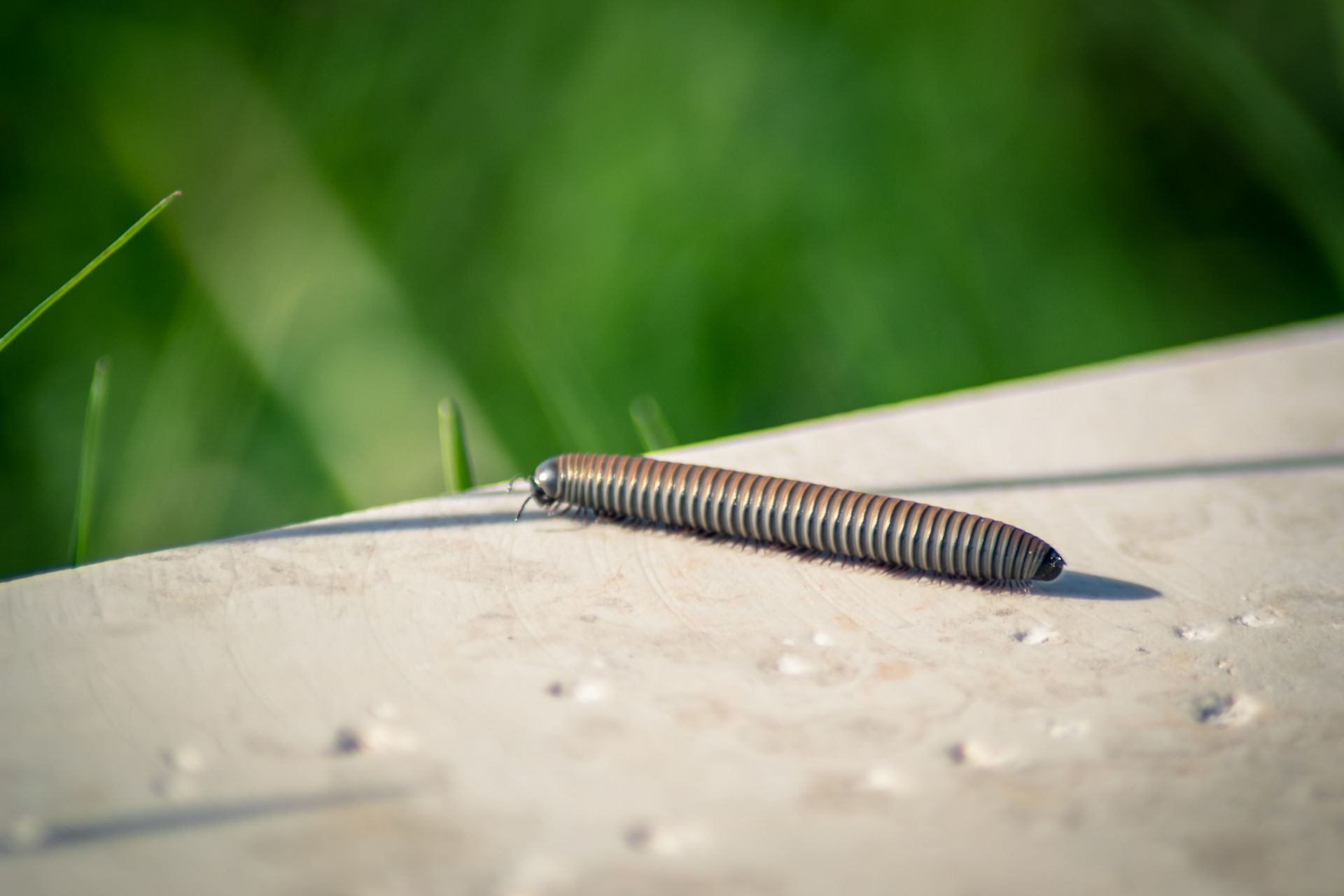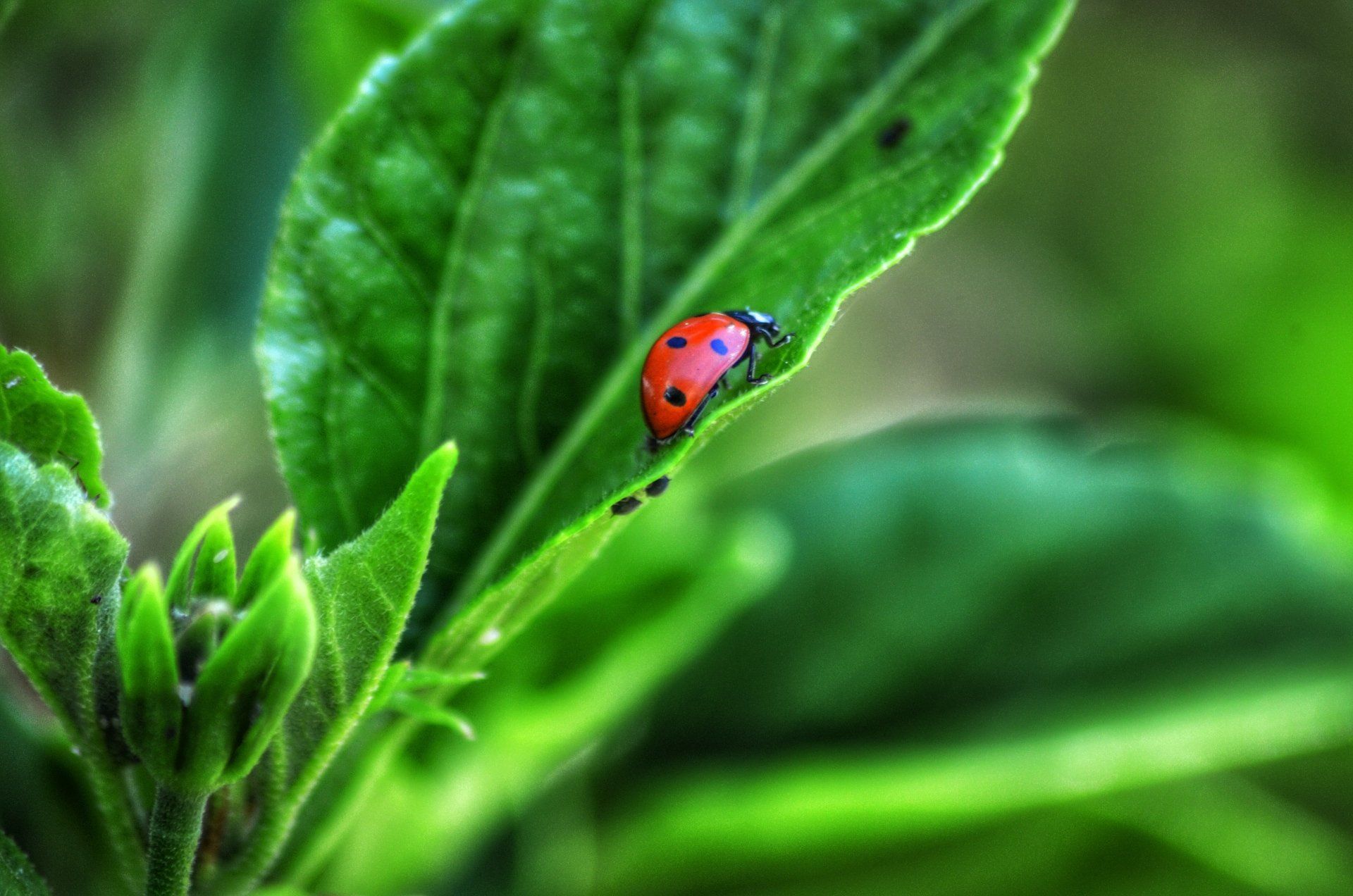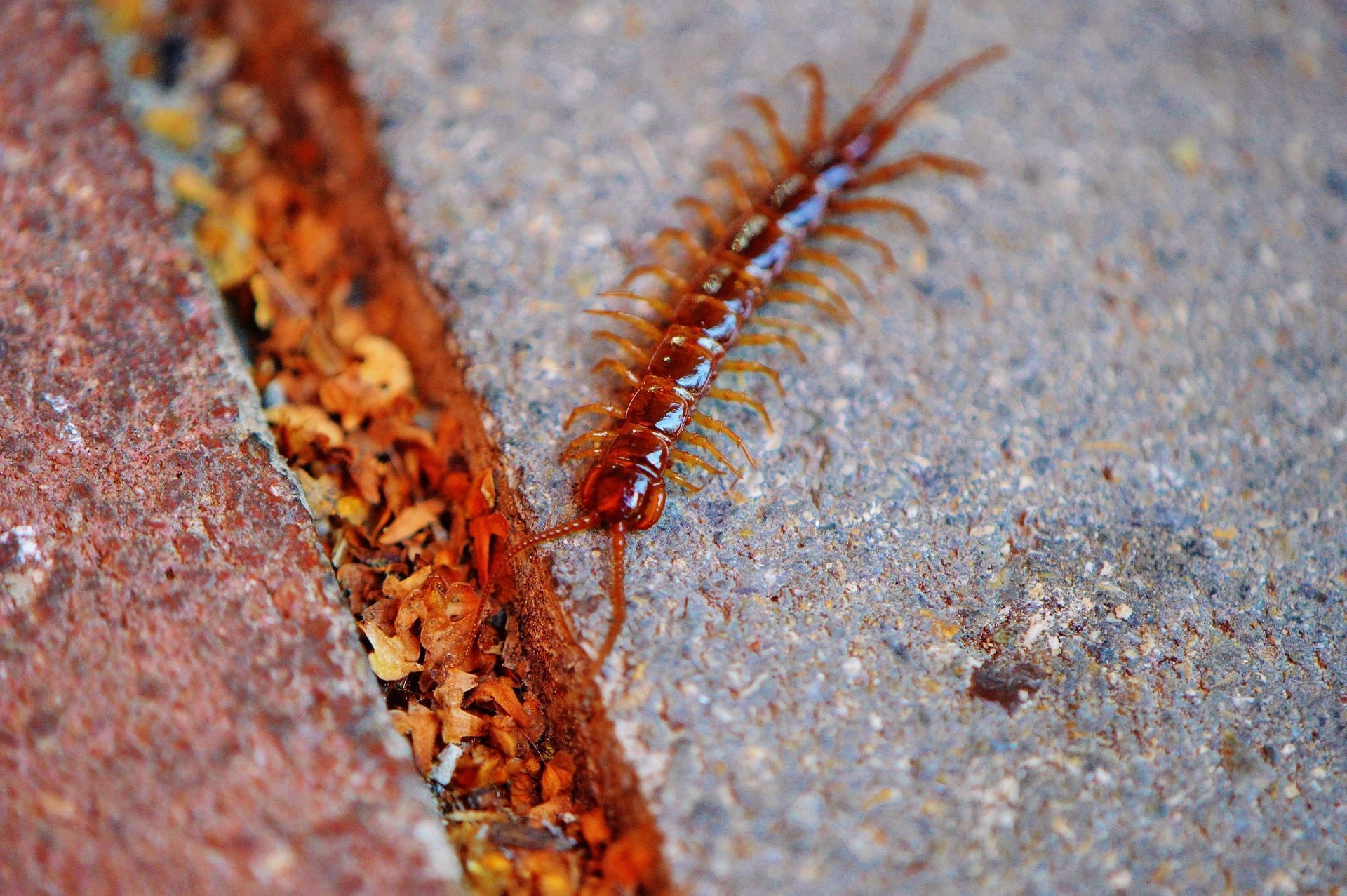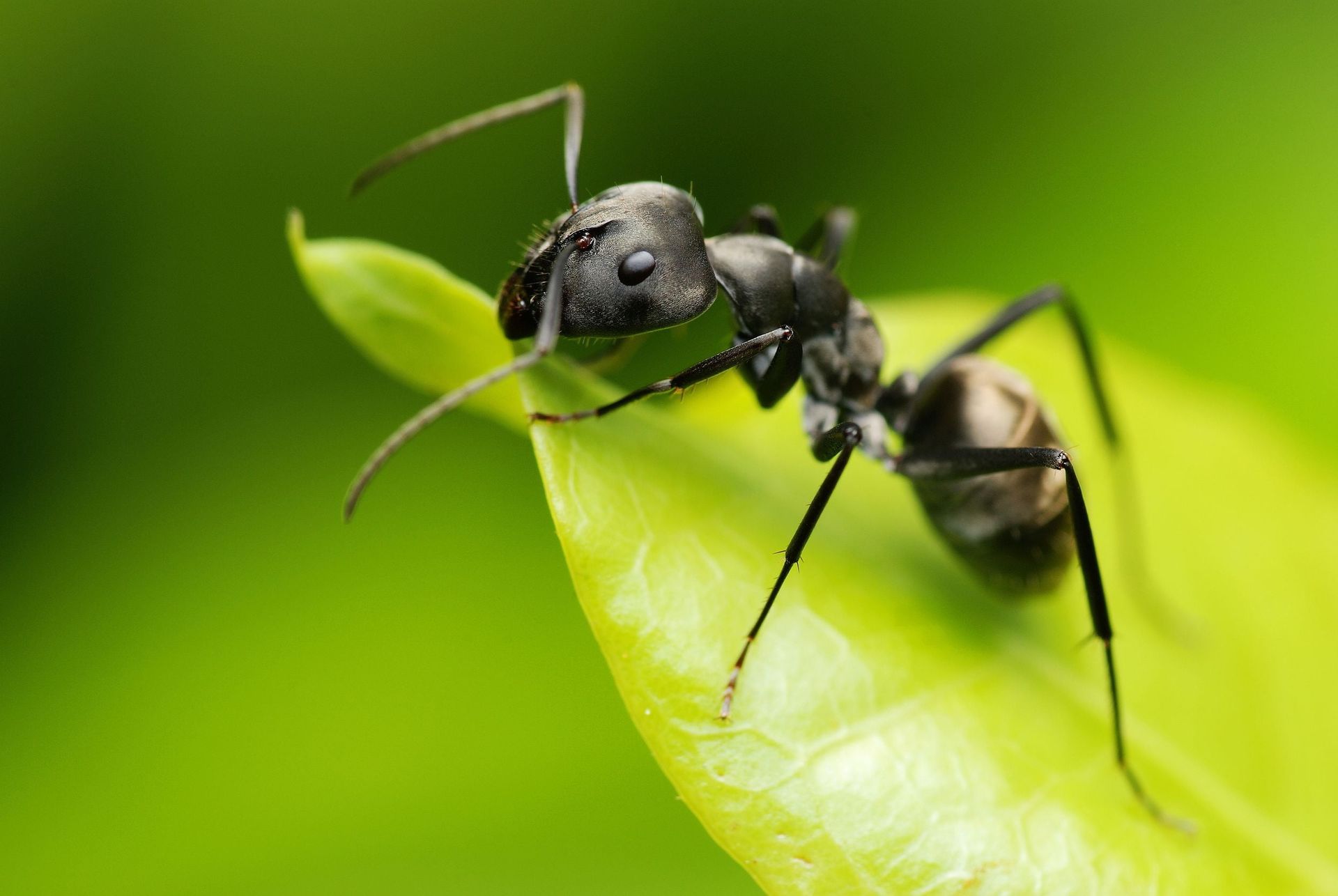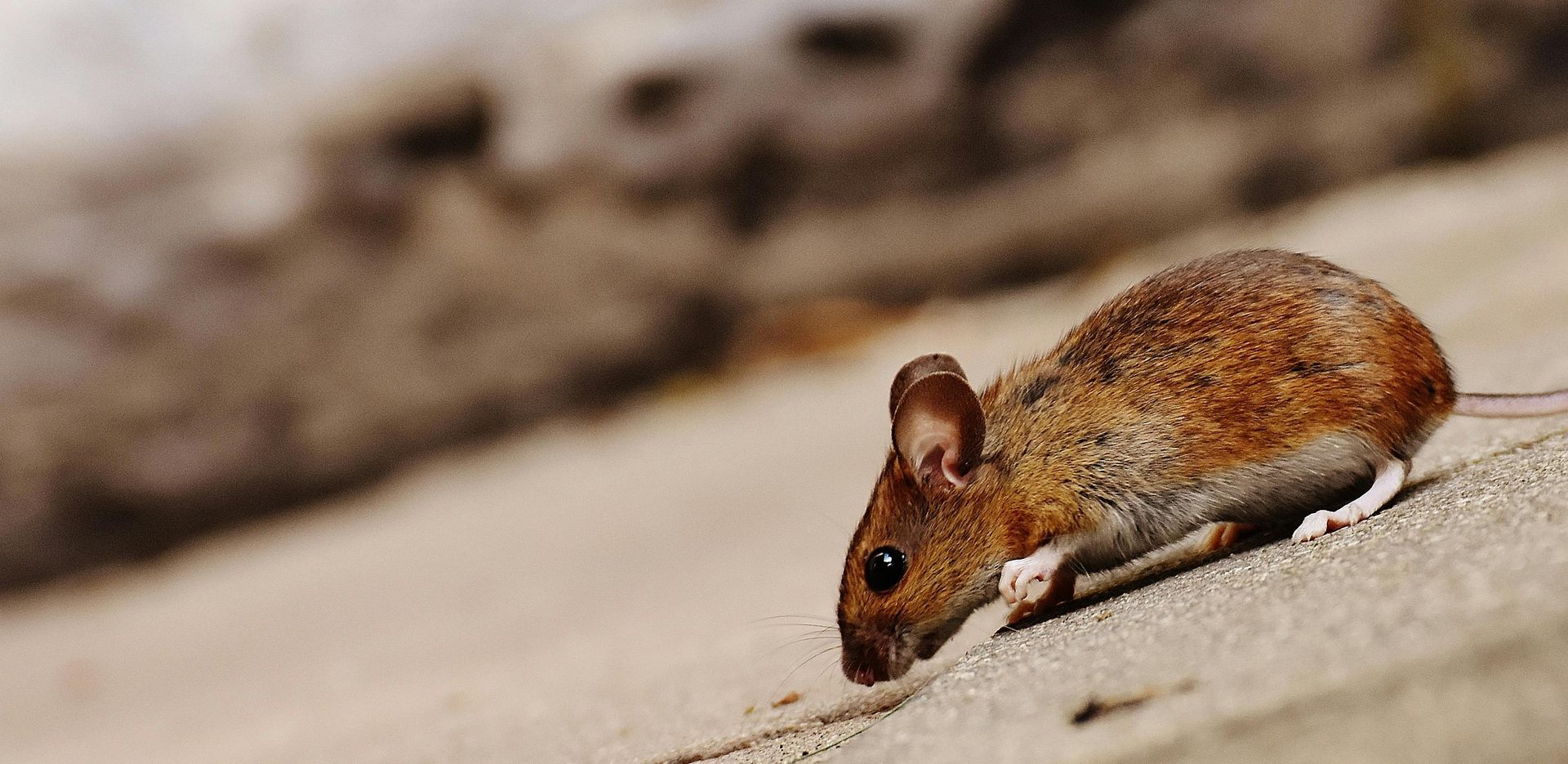Top Pest Prevention Tips Every Homeowner Should Know
Pests can be a significant nuisance, invading our homes and disrupting our peace. Whether you're dealing with ants, rodents, termites, or any other common pests, prevention is key to maintaining a pest-free home.
At Pelican Pest Control, with over 40 years of experience in the pest control industry, we’re here to share practical advice on preventing pests from invading your living spaces. Our tips are tailored for homeowners across the USA, with a special focus on Louisiana.
Understanding Common Pests in Louisiana
Ants
Ants are prevalent in Louisiana due to the warm climate. They enter homes in search of food and water, forming long trails that can be difficult to eradicate once established.
Types of Ants:
- Fire Ants: Known for their painful stings.
- Carpenter Ants: Can cause structural damage by burrowing into wood.
- Sugar Ants: Attracted to sugary foods and often found in kitchens.
Termites
Termites cause significant damage to wooden structures, often going unnoticed until the damage is severe. They thrive in Louisiana’s warm, humid climate.
Signs of Termite Infestation:
- Mud tubes on exterior walls.
- Hollow-sounding wood.
- Discarded wings near windows or doors.
Rodents
Rodents, such as mice and rats, can carry diseases and cause extensive damage by gnawing on wires, insulation, and other household items.
Common Rodents in Louisiana:
- House Mice: Small, grey, and fast-breeding.
- Norway Rats: Larger and can burrow into foundations.
Mosquitoes
Louisiana’s humid environment is perfect for mosquitoes. These pests are not only annoying but can also spread diseases like West Nile Virus and Zika.
Preventing Mosquito Breeding:
- Remove standing water.
- Use insecticides in areas where mosquitoes are prevalent.
Cockroaches
Cockroaches are resilient pests that can survive in various environments. They are known to spread bacteria and trigger allergies and asthma.
Common Types in Louisiana:
- German Cockroach: Small and prolific breeders.
- American Cockroach: Larger and often found in damp areas.
General Pest Prevention Tips
Keep Your Home Clean
- Regular Cleaning: Regularly clean your home, focusing on the kitchen and dining areas. Crumbs and spills can attract pests. Sweep and mop floors, wipe down countertops, and clean under appliances.
- Proper Waste Disposal: Dispose of garbage regularly and use sealed bins to prevent attracting pests. Ensure outdoor garbage cans have tight-fitting lids.
- Declutter: Reduce clutter in your home to eliminate hiding spots for pests. Organize storage areas and avoid leaving piles of newspapers or cardboard boxes.
Seal Entry Points
- Inspect and Repair: Check your home for cracks and gaps in walls, doors, and windows. Seal these entry points with caulk or weatherstripping. Pay attention to areas where utilities enter your home, as these can be common entry points.
- Install Screens: Use screens on windows and doors to keep insects out while allowing fresh air in. Repair any damaged screens immediately.
Manage Moisture
- Fix Leaks: Repair any leaky pipes, faucets, and roofs. Moisture attracts pests like termites and cockroaches. Ensure proper drainage around your home’s foundation to prevent water accumulation.
- Use Dehumidifiers: In humid areas like Louisiana, use dehumidifiers to reduce indoor moisture levels, particularly in basements and crawl spaces.
Maintain Your Yard
- Trim Vegetation: Keep trees, bushes, and other vegetation trimmed away from your home’s exterior. Overgrown plants can provide a pathway for pests. Remove leaf litter and other organic debris.
- Remove Standing Water: Eliminate standing water in your yard, as it attracts mosquitoes and other pests. Regularly empty birdbaths, flowerpot saucers, and gutters. Ensure proper drainage in your yard to prevent water from pooling.
Specific Pest Prevention Tips
Ants
- Keep Food Sealed: Store food in airtight containers and clean up spills immediately. Ants are particularly attracted to sweet and greasy foods.
- Use Baits and Traps: Place ant baits and traps in areas where you notice ant activity. These can help eliminate entire colonies by allowing worker ants to carry the poison back to their nest.
Termites
- Inspect Wood: Regularly inspect wooden structures in your home for signs of termites, such as hollow-sounding wood and mud tubes. Pay attention to wooden furniture, floors, and structural beams.
- Professional Treatment: Schedule regular termite inspections and treatments with a professional pest control service like Pelican Pest Control. Early detection can save you from costly repairs.
Rodents
- Secure Food Sources: Keep food, including pet food, in sealed containers. Rodents can chew through plastic and cardboard, so use metal or glass containers.
- Rodent-Proof Your Home: Use metal or heavy-duty materials to block potential entry points, as rodents can chew through many materials. Ensure door sweeps are in good condition and use steel wool to fill small gaps.
Mosquitoes
- Use Insect Repellents: Apply insect repellent when spending time outdoors. Choose products containing DEET, picaridin, or oil of lemon eucalyptus for the best protection.
- Mosquito-Proof Your Home: Install mosquito nets and screens on windows and doors. Consider using mosquito traps or larvicides in areas where mosquitoes are prevalent.
Cockroaches
- Eliminate Food Sources: Clean up food spills and crumbs immediately. Store food in sealed containers and avoid leaving dirty dishes in the sink.
- Use Traps and Baits: Place cockroach baits and traps in areas where you suspect activity. These can help reduce the cockroach population over time.
Professional Help
While these prevention tips are highly effective, sometimes professional help is necessary, especially for persistent infestations. Pelican Pest Control offers comprehensive pest control services to help keep your home pest-free. Our team is prompt, courteous, and professional, and we pride ourselves on delivering effective pest control solutions.
Conclusion
Preventing pests from invading your home requires consistent effort and vigilance. By following these practical tips, you can create an environment that is less attractive to pests, ensuring a safer and more comfortable living space.
At Pelican Pest Control, we are committed to helping you maintain a pest-free home with our affordable and effective pest control solutions. Remember, if you ever need professional help, you can contact us to get the job done promptly and professionally.
What are the most common pests in Louisiana homes?
 Button
ButtonThe most common pests in Louisiana homes include ants, termites, rodents, mosquitoes, and cockroaches. These pests thrive in the state's warm and humid climate and can cause significant damage if not controlled.
How can I prevent ants from entering my home?
 Button
ButtonTo prevent ants from entering your home, keep food sealed in airtight containers, clean up spills immediately, and use ant baits and traps where you notice ant activity. Regularly inspect and seal any cracks or gaps in walls, doors, and windows.
What are the signs of a termite infestation?
 Button
ButtonSigns of a termite infestation include mud tubes on exterior walls, hollow-sounding wood, and discarded wings near windows or doors. Regular inspections by a professional pest control service can help detect termites early.
How can I keep rodents out of my home?
 Button
ButtonTo keep rodents out of your home, secure food sources in sealed containers, use metal or heavy-duty materials to block potential entry points, and ensure door sweeps are in good condition. Regularly inspect your home for signs of rodent activity and take action promptly.
What can I do to reduce mosquito populations around my home?
 Button
ButtonTo reduce mosquito populations, eliminate standing water in your yard, use insect repellents when outdoors, and install mosquito nets and screens on windows and doors. Consider using mosquito traps or larvicides in areas where mosquitoes are prevalent.


